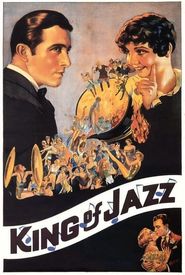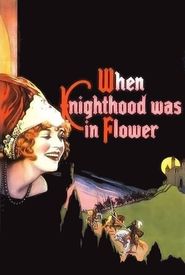William Thomas Kent, a celebrated American stage actor, embarked on a remarkably prolific career that traversed a wide range of artistic mediums, leaving an enduring and profound impact on the world of performing arts, a testament to his unwavering dedication and unrelenting passion for the craft.
Kent's existence commenced on April 29, 1886, in the city of St. Paul, Minnesota, a place that would serve as the backdrop for the early stages of his life's trajectory. From a remarkably young age of 14, Kent's journey in the entertainment industry began, marked by his debut in minstrel shows, a foray into the world of performance that would set the tone for his future endeavors.
As his professional trajectory unfolded, Kent's artistic endeavors traversed the vast expanse of theatrical realms, effortlessly oscillating between the esteemed stages of Broadway, the eclectic world of vaudeville, the tantalizing spectacle of burlesque, and the whimsical wonder of the circus, thereby underscoring his remarkable versatility and adaptability.
In addition to his stage pursuits, Kent also ventured into the nascent world of cinema, both silent and sound, leaving an indelible mark on the silver screen through his appearances in numerous notable productions, including the 1922 film When Knighthood Was in Flower, a cinematic masterpiece that shared the spotlight with the renowned actress Marion Davies.
Kent's illustrious career in the cinematic realm drew to a close with his appearance in the 1934 film adaptation of Nathaniel Hawthorne's classic novel, The Scarlet Letter, a testament to his enduring talent and versatility as a thespian who effortlessly adapted to the evolving landscape of the entertainment industry.
Kent's remarkable journey through life reached its poignant conclusion on October 5, 1945, as he quietly bid farewell to the world in the bustling metropolis of New York City, leaving behind an indelible legacy that would forever be etched in the annals of entertainment history.






















